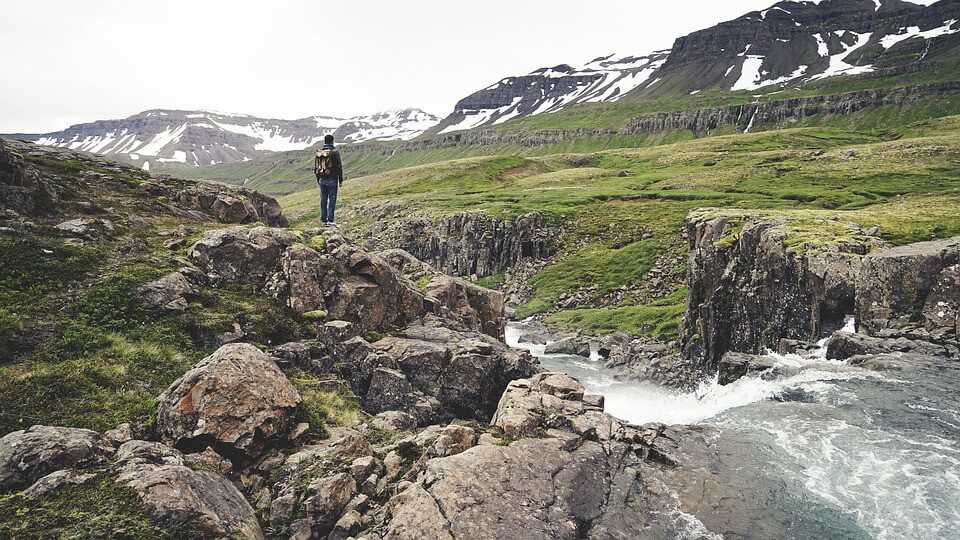Though hiking is intended to be a relaxing and exhilarating activity, it can pose a variety of threats and risks to participants of all experience levels. Wildlife is perhaps the most revered of these threats; with many predatory and otherwise dangerous species usually sitting in the back of hikers’ minds as they hit the trails. While it may be exciting to encounter these creatures in their natural habitat, it is important to remember that they feel inclined to protect themselves or their territory if surprised or provoked.
Here are a few potentially dangerous animals to remain aware of.
Bears
Bears are a popular and infamous fear within the hiking community (and the outdoor sports community at large), but fortunately this reputation has given way to a variety of precautionary practices and considerations to keep hikers safe. The biggest rule of thumb when encountering a bear is to not feed it — under any circumstances. In most cases, this action will set the bear into a vicious cycle of expecting feedings from human beings, bringing them closer to populated areas and ultimately increasing the risk of attacks and other negative encounters, and these situations almost always result in the death of the bear.
If you stumble upon a bear during a hike, there are a few ways you can mitigate your risk of harm:
- Keep your distance. Bears may be majestic — especially if you have never seen one before — but do not go in for a closer look. Observe the creatures from afar and be sure to give them as much space as possible.
- Make a lot of noise. Only do this if a bear is already approaching you. Make as much noise as you can to scare the bear away, using any available noise making devices.
- Keep a cool head. Regardless of what you see in the movies, do not immediately run away from a bear unless it has already charged; all this will do is encourage it to chase you. Instead, stand your ground and make yourself look as large and loud as possible.
Wild Pigs
Domesticated pigs may come off as anything but dangerous, but their feral relatives are a different story. In the last few years, wild pigs — boars, javelinas, and the like — have become increasingly recognized as a threat to outdoor enthusiasts. These animals, which can weigh upwards of 300 lbs, are known to exhibit aggressive and territorial behavior if confronted, using their large tusks and surprising speed to assert their position.
The good news is, thanks to their great sense of smell, wild pigs are usually able to avoid human confrontations far in advance. However, if you find yourself in a standoff with one of these animals, the best advice is to seek shelter in a tree, on top of a car or boulder, or anywhere else where you can get about six feet off the ground. If the pig has already charged, do what you can to avoid its tusks, and try to remain on your feet; if you fall to the ground, you will greatly increase your chances of sustaining serious injury. Most pig assaults end within a minute.
